Grow a Dogwood Tree for Beauty and the Birds
Updated: Dec. 13, 2023
Dogwoods trees have good looks, and they also attract wildlife. Add a dogwood tree to your yard for colorful flowers, foliage and berries.
Why You Should Grow a Dogwood Tree
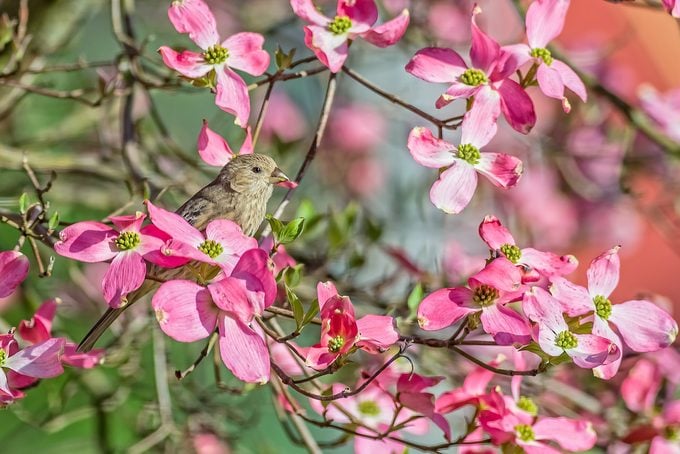
Dogwood trees come in all shapes and sizes, from a hardy ground cover only 6 inches high to stately trees towering 60 feet tall. The family has more than 40 species of mainly deciduous, ornamental trees and shrubs, with most growing as graceful trees that are 6 to 30 feet tall.
Dogwoods are one of the best ornamental trees for multi-seasonal appeal, as well as a multi-use attraction for wildlife. Whether you grow one or several, spring is the perfect time to add one to your yard!
Check out the top 10 small flowering trees for your yard.
Dogwood Tree Growing Tips
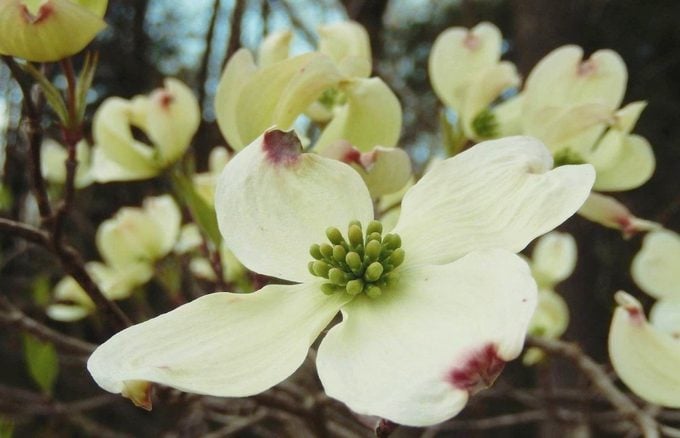
The beauty of a dogwood tree will mesmerize you. However, it may surprise you to learn that the dogwood’s main attraction of flowers are actually decorative bracts—large, petal-like leaves surrounding small and insignificant greenish-yellow blooms.
Dogwoods put on their best show when you grow them in well-drained, fertile and moderately moist soil in full sun, with most preferring light shade. Slightly acidic soil is best, with optimum soil pH between 5.5 to 6.0.
Keep dogwoods healthy by mulching around trees (but away from the trunk) with plenty of compost. This will keep roots cool and conserve soil moisture. Compost is ideal, though straw, bark, pine needles and shredded leaves also make good mulches.
Attract more birds with a silky dogwood shrub.
5 Types of Dogwood Trees to Grow
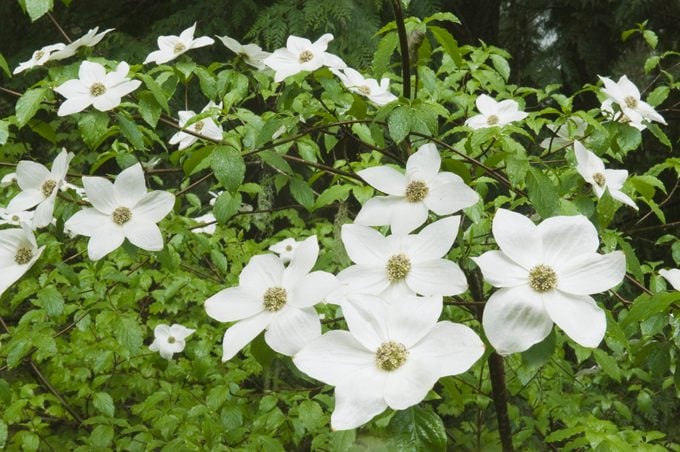
These great dogwood tree picks offer food, shelter for wildlife and more!
- Flowering dogwood (Cornus florida). Grows to 20 feet tall, with a wide, 20- to 30-foot canopy. Leaves turn glowing red in fall, with fruit lasting into winter. Look for varieties resistant to anthracnose fungal disease. Zones 5 to 8.
- Japanese flowering dogwood (Cornus kousa). Grows to 20 feet tall. Flowers in late spring to early summer, with late summer and fall raspberry-like fruits that persist into winter. Leaves turn yellow or scarlet in autumn. Zones 5 to 8.
- Pacific dogwood (Cornus nuttallii). Native to the Pacific Northwest and northern California, this all-star beauty grows from 20 to 50 feet. Autumn leaves in shades of yellow, pink and red later drop to reveal gray branches and interesting bark patterns. In spring the graceful silhouette of bare branches erupts in an explosion of creamy-white flowers, some flushed with pink. Zones 6 to 8.
- Pagoda dogwood (Cornus alternifolia). Bushy shrub or small tree growing from 12 to 20 feet tall and wide. Fragrant, starlike and creamy flowers appear in late spring to early summer, followed by a bird buffet of irresistible blue-black fruit. Autumn leaves turn red to deep burgundy. Zones 3 to 7.
- Red twig dogwood (Cornus sericea). Grows 7 to 10 feet tall and wide, depending on variety. Small, creamy-white flowers appear throughout summer, followed by white fruit with a slight bluish tinge. The hallmarks of this species are its brilliant red fall foliage and blazing red winter twigs. Varieties with yellow twigs and branches also are available. Zones 2 to 7.
Learn how to grow a tulip poplar tree.
Red Twig Dogwood Tree Care
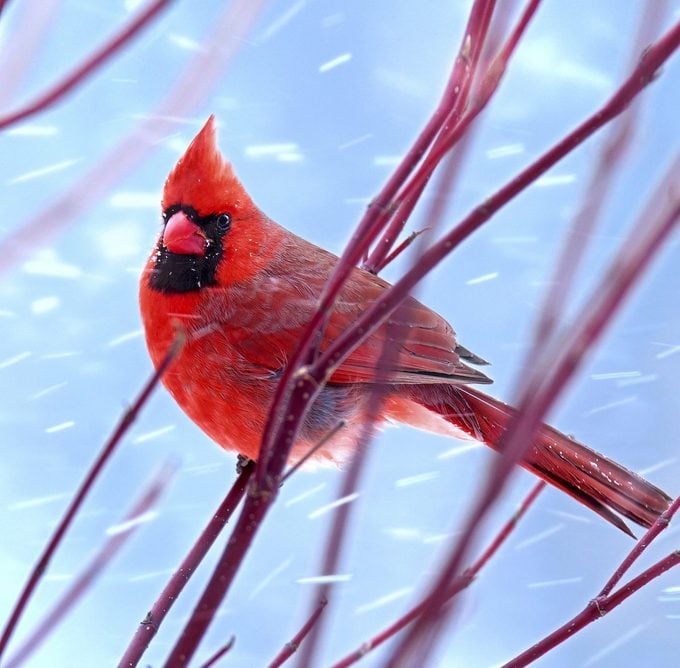
- Common name: Red twig dogwood
- Scientific name: Cornus sericea
- Zones: 2 to 7
- Attracts: Birds, bees, butterflies
- Light needs: Full sun to partial shade
- Grown for: Blazing red stems create colorful winter landscaping
- Foliage: Glossy green tapered leaves turn purplish red in autumn
- Cultivars to try: Arctic Fire is compact with darker stems and Ruby boasts wine-red fall leaves.
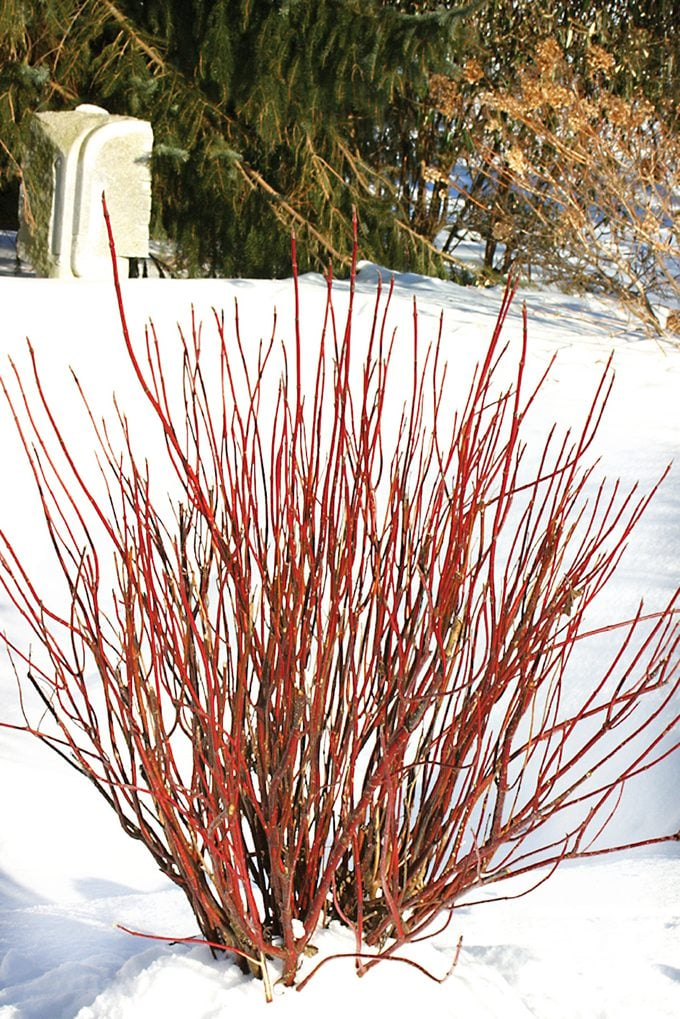
Known for scarlet boughs that create a pop of color in snowy months, this deer-resistant deciduous bush is visually appealing and welcomes wildlife. Bunches of tiny flowers that attract butterflies bloom in late spring and turn into bluish white berries that are sought after by birds in late summer.
This multi-stemmed plant also forms thickets, ideal for birds that nest in shrubbery. Its maroon branches add colorful appeal to winter landscapes.
The bark color may fade, but trimming in early spring promotes bright new growth and controls the size.
Dogwood Trees Attract Wildlife
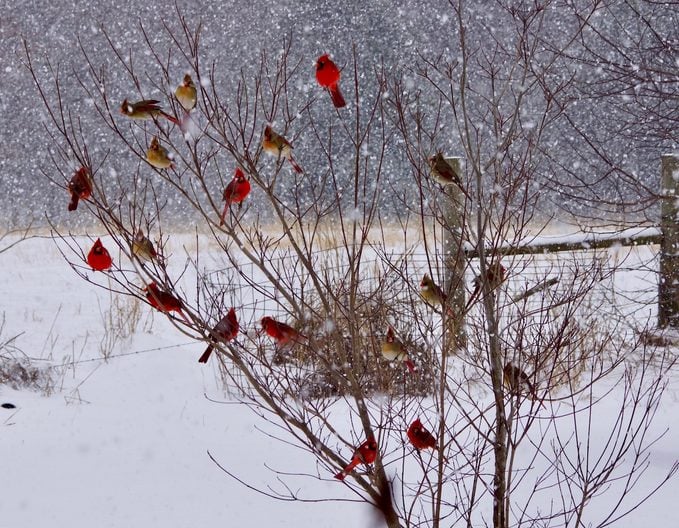
There is more to dogwood trees than just their fabulous spring show. From summer berries and fall foliage to great winter textures, they have year-round appeal.
Not only do dogwood trees and shrubs have good looks, but they also attract wildlife. All sorts of critters use dogwoods.
For starters, giant silk moths and several species of butterflies favor dogwoods as host plants. The trees’ spring flowers also provide nectar to bees and other pollinating insects, including spring azure butterflies.
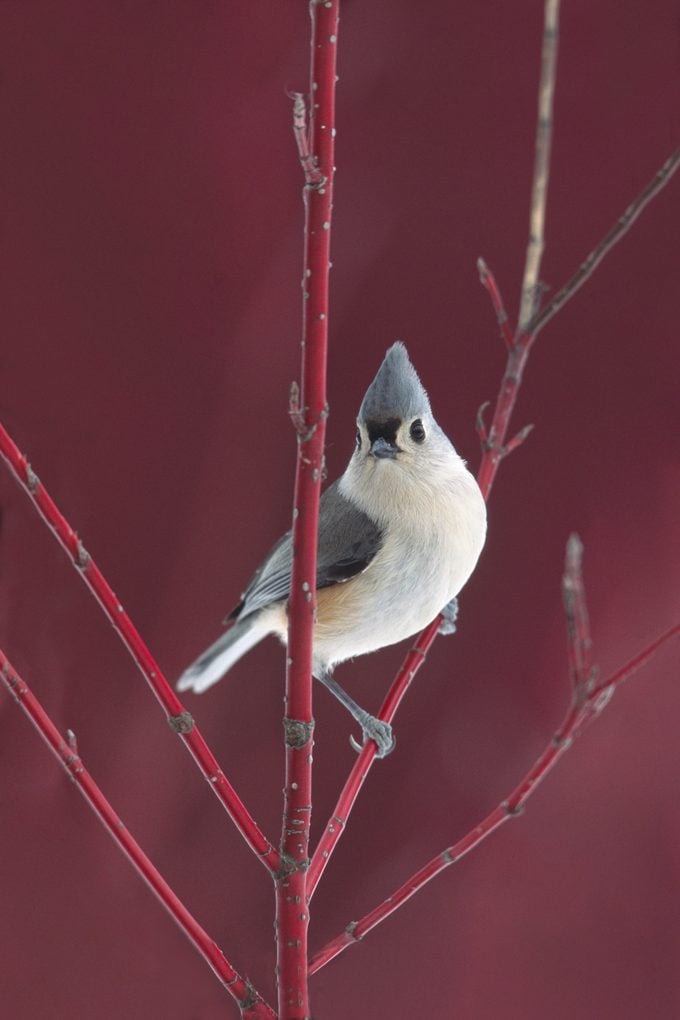
American robins, northern mockingbirds and sparrows will build nests on the trees’ horizontal branches, and many others seek shelter in its leaves.
And, of course, there’s the high-fat, fleshy and red fruit that more than 35 species of birds will eat, including northern cardinals, tufted titmice, bluebirds, dark-eyed juncos and waxwings.
Next, check out the top 10 trees and shrubs with berries for birds.




















